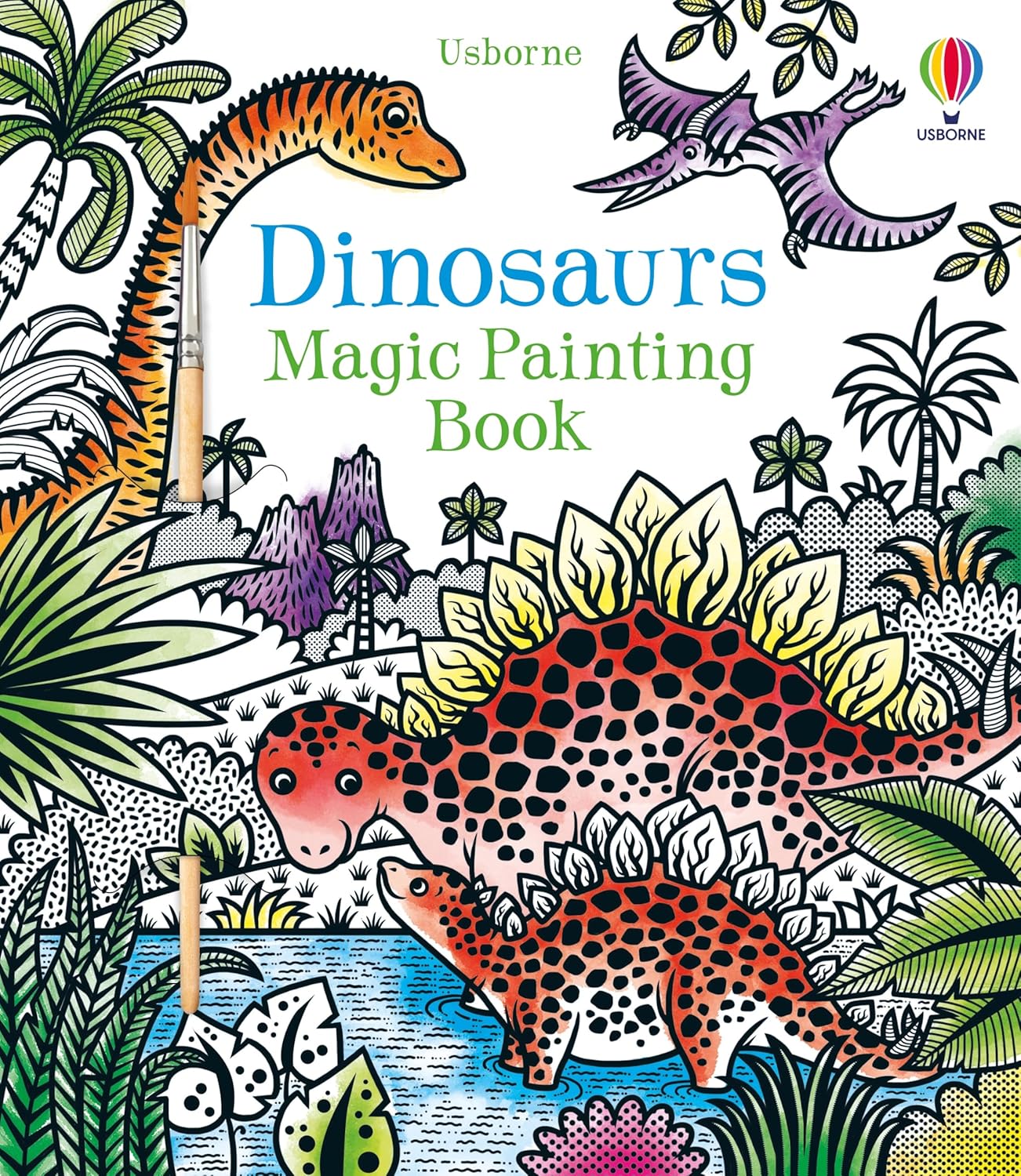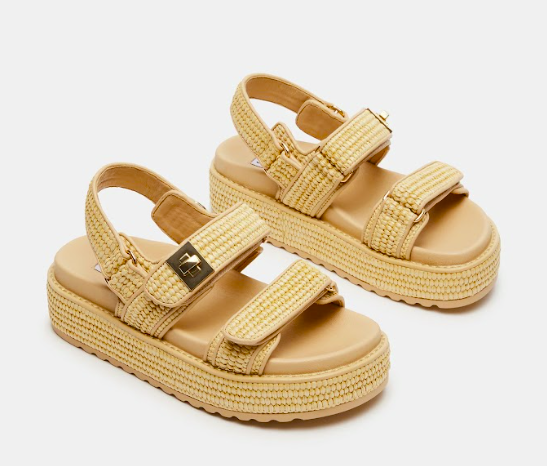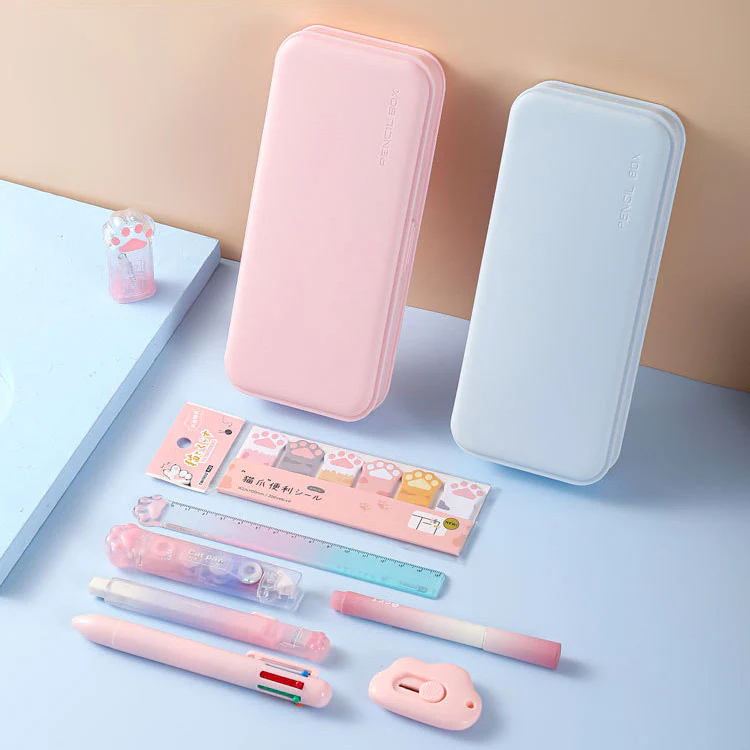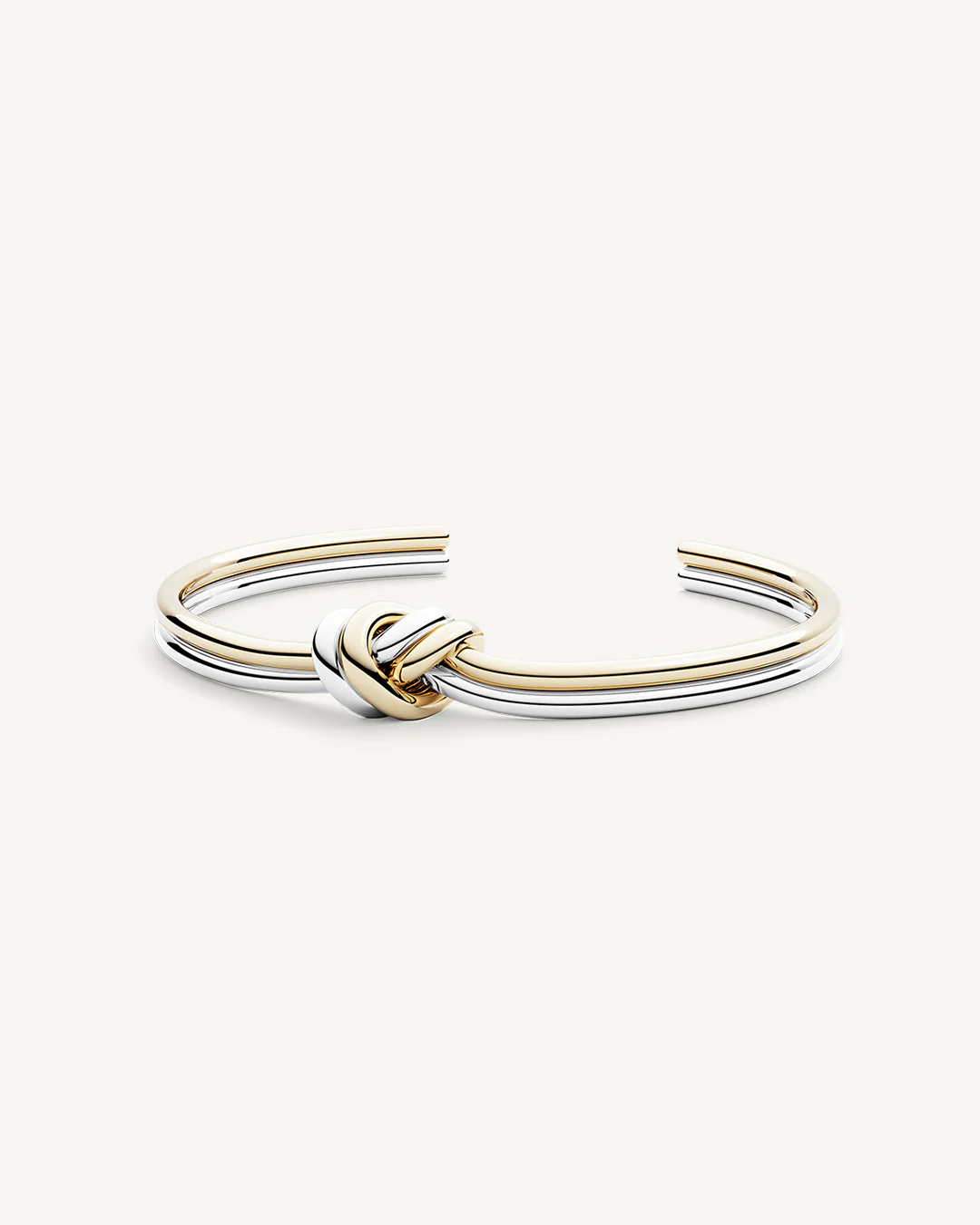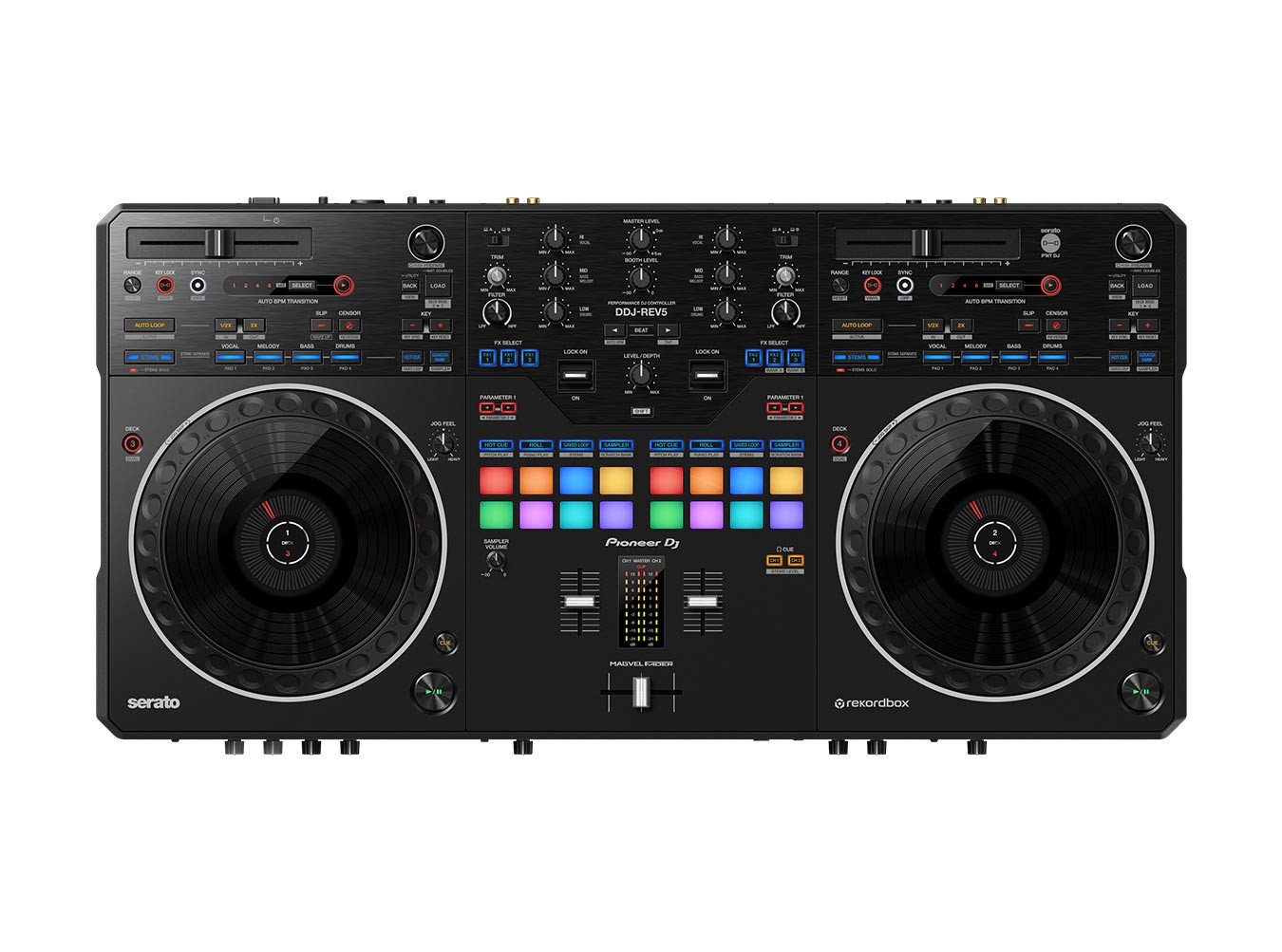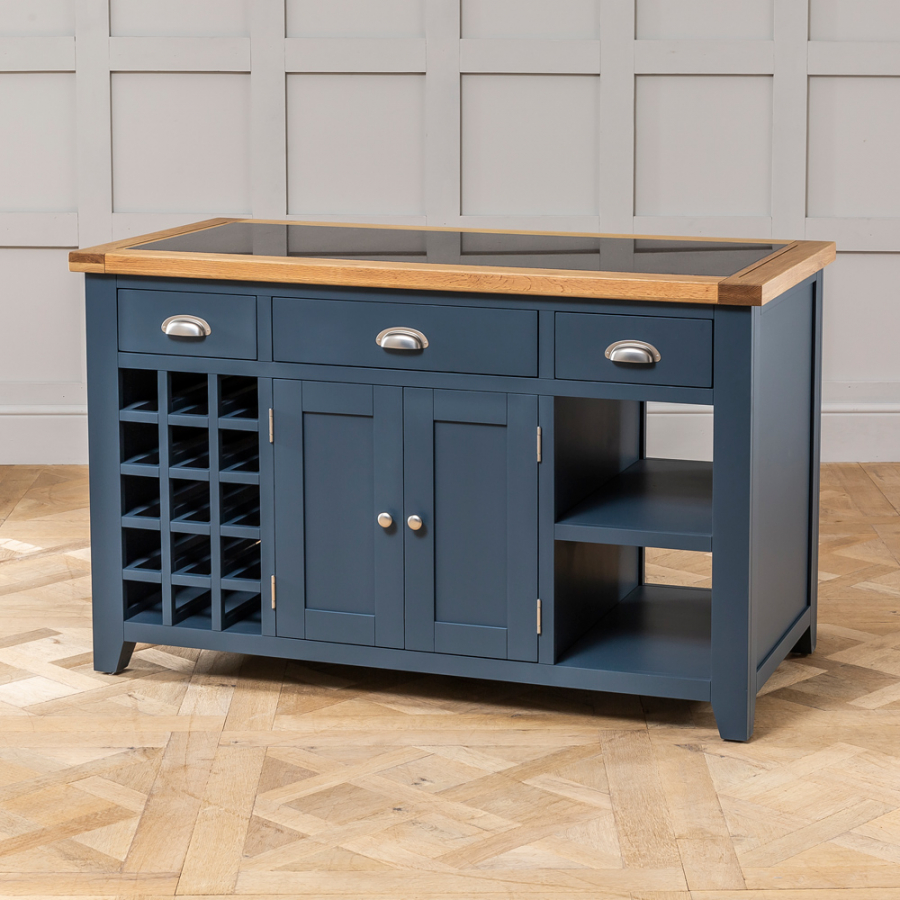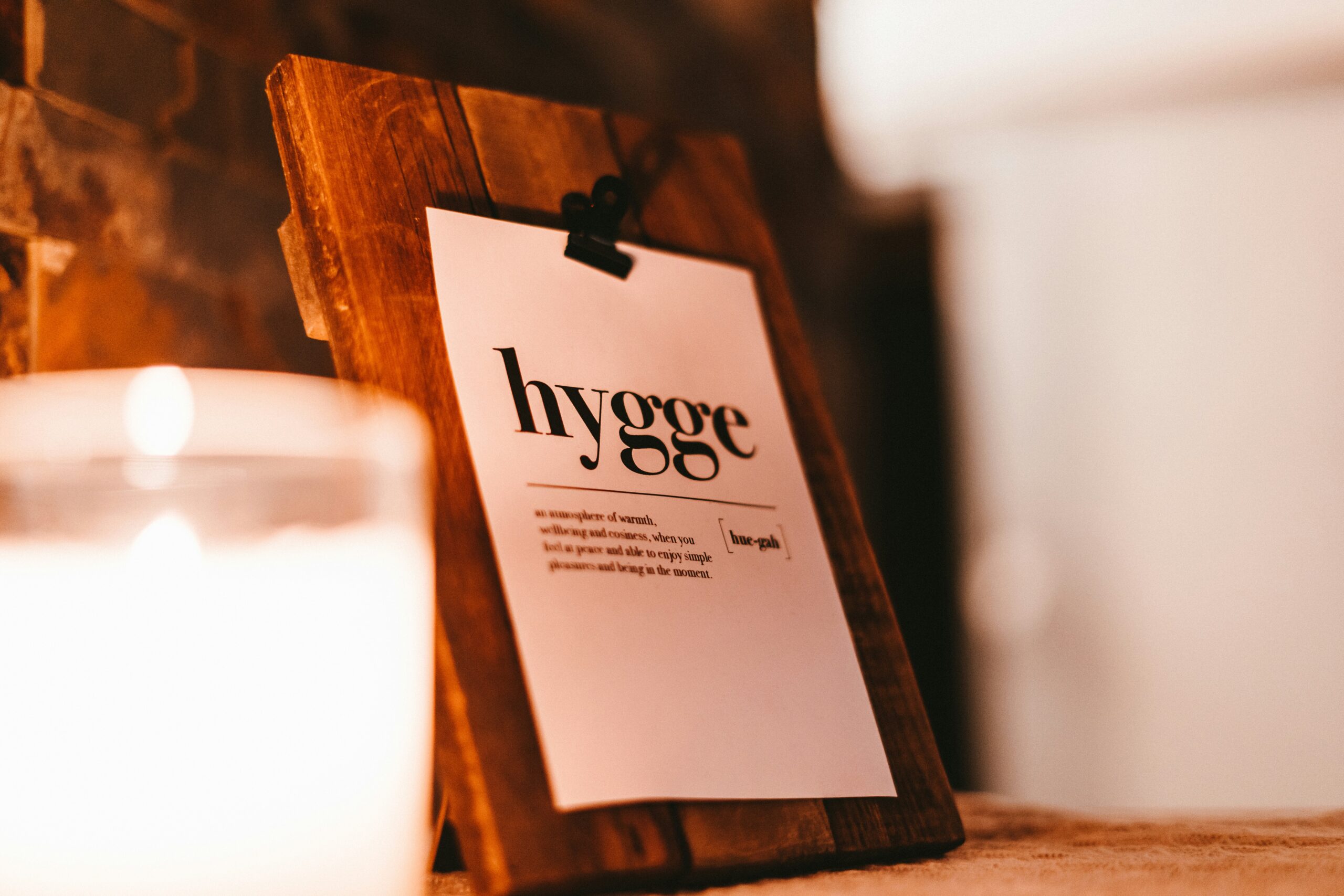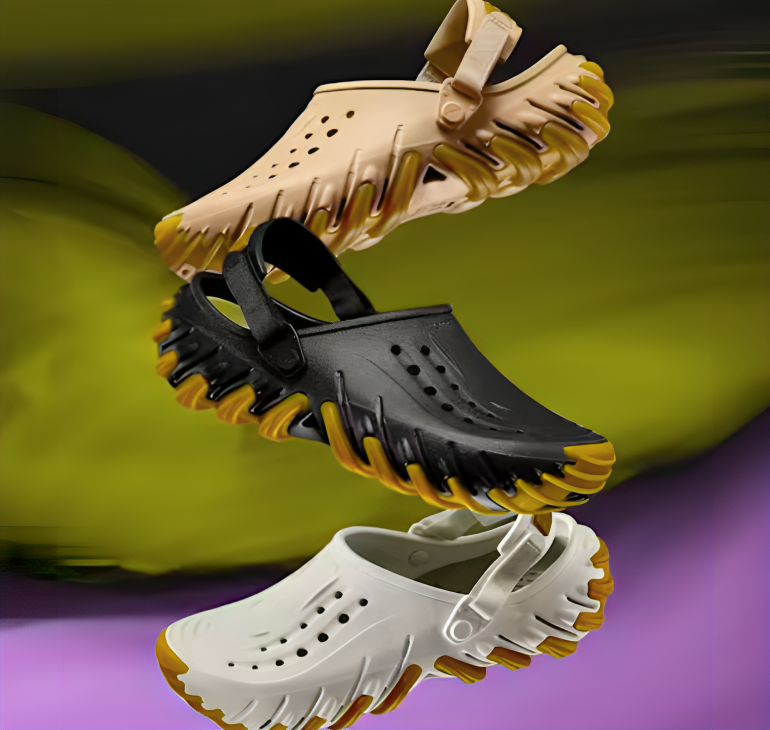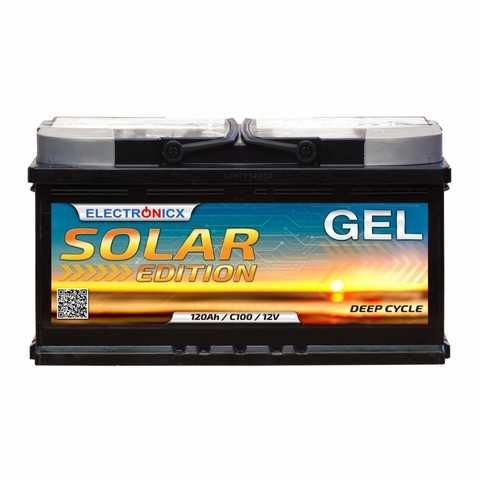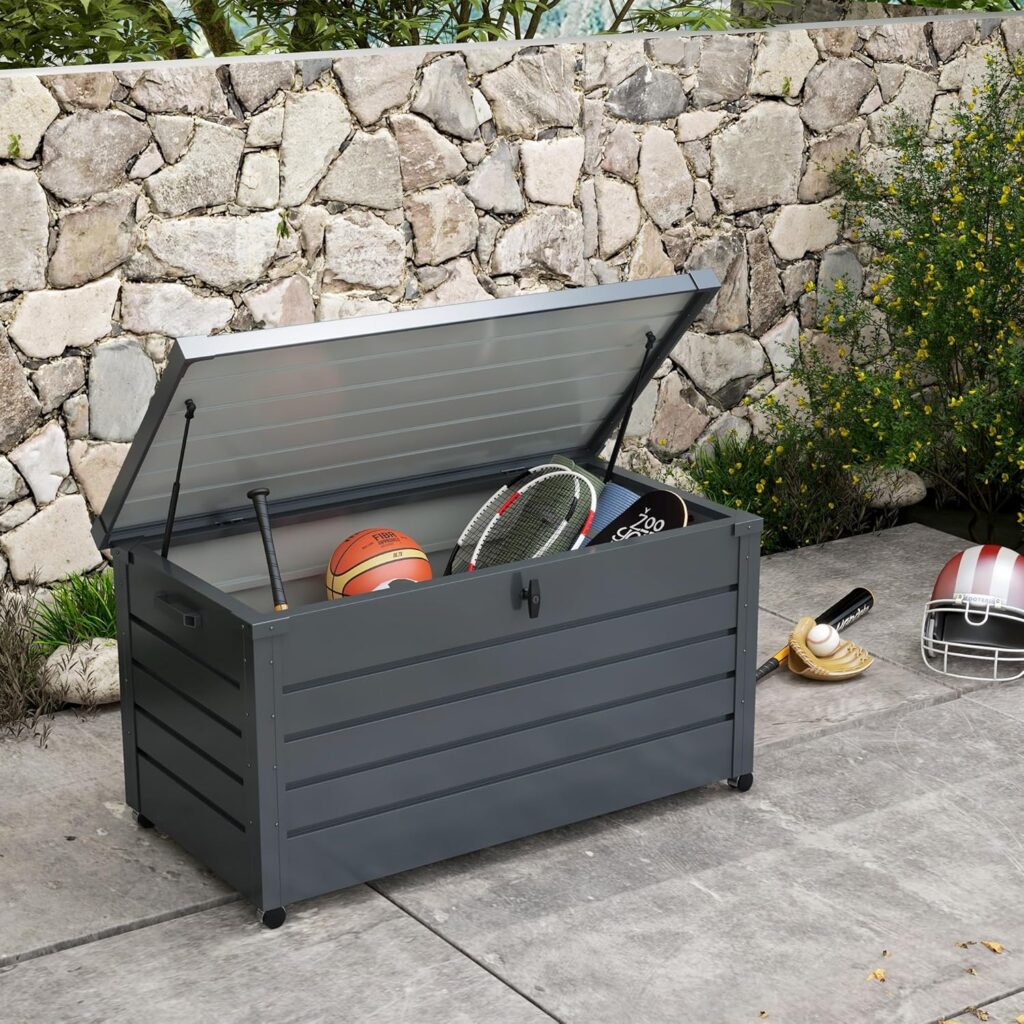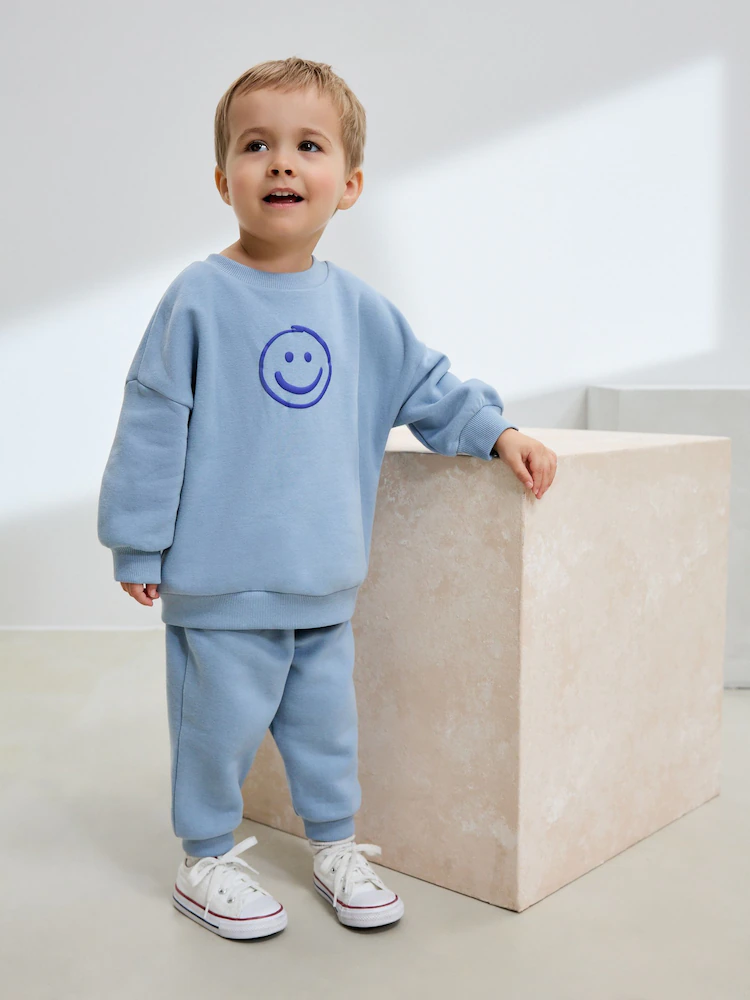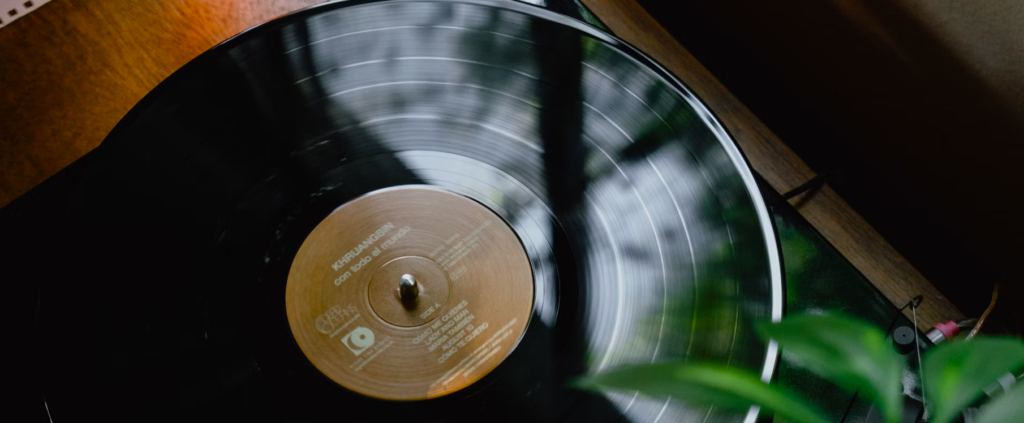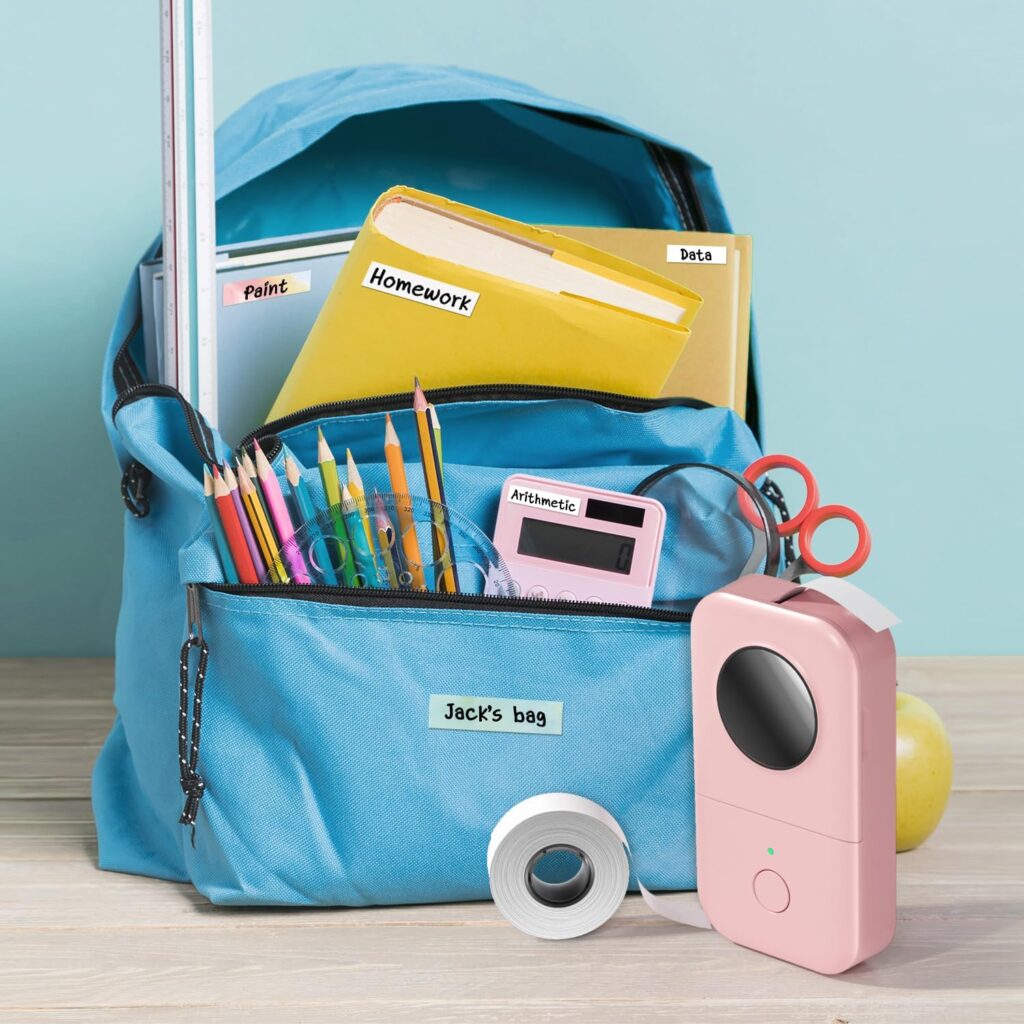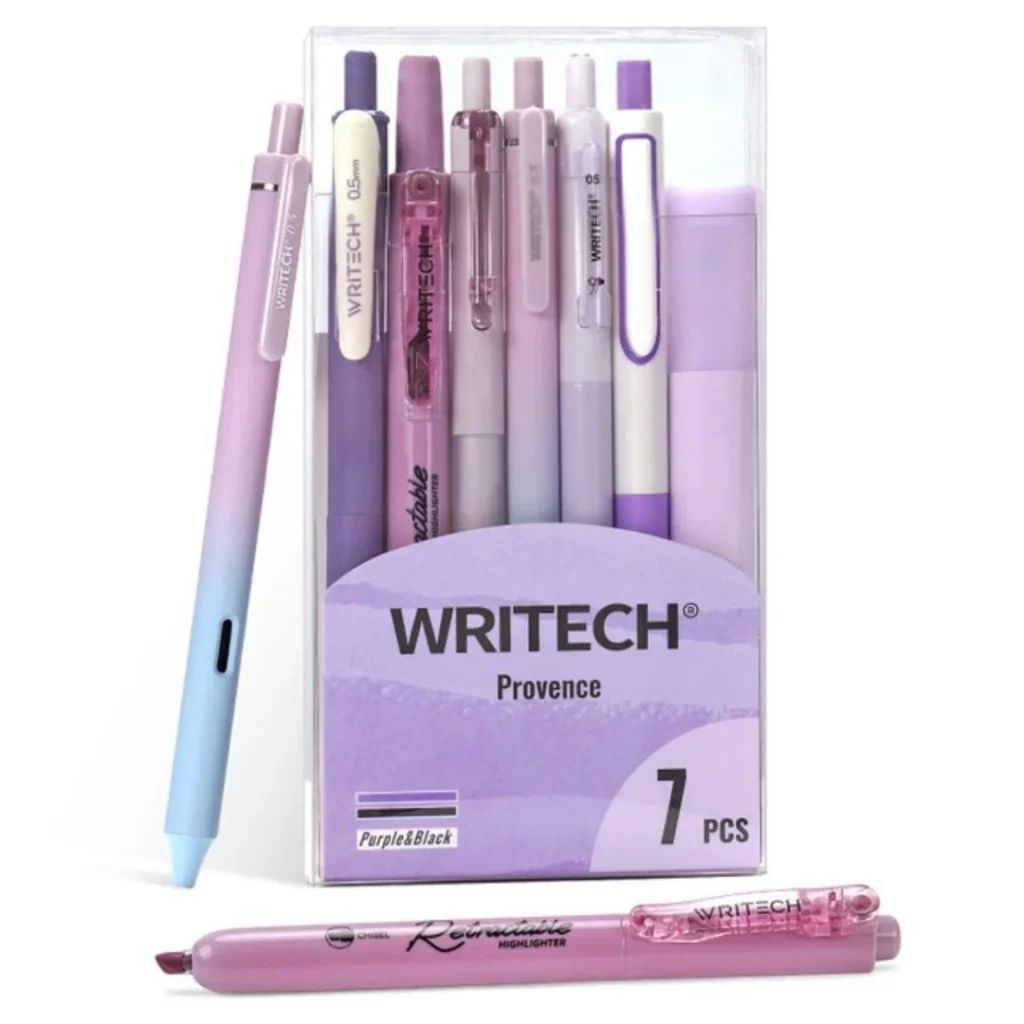Art time is magical—until the paints tip, sleeves soak, and tiny hands “decorate” the table. In this article, we’ll show you how to turn creativity into an easy daily ritual with practically zero cleanup, using the Dinosaurs Magic Painting Book as your go-to for screen-free fun, focus, and dino-fueled delight. In this article, you’ll learn setup tips, skill-building ideas, travel hacks, and calm-parent systems that make creativity fit real life.
Shop Dinosaurs Magic Painting Book
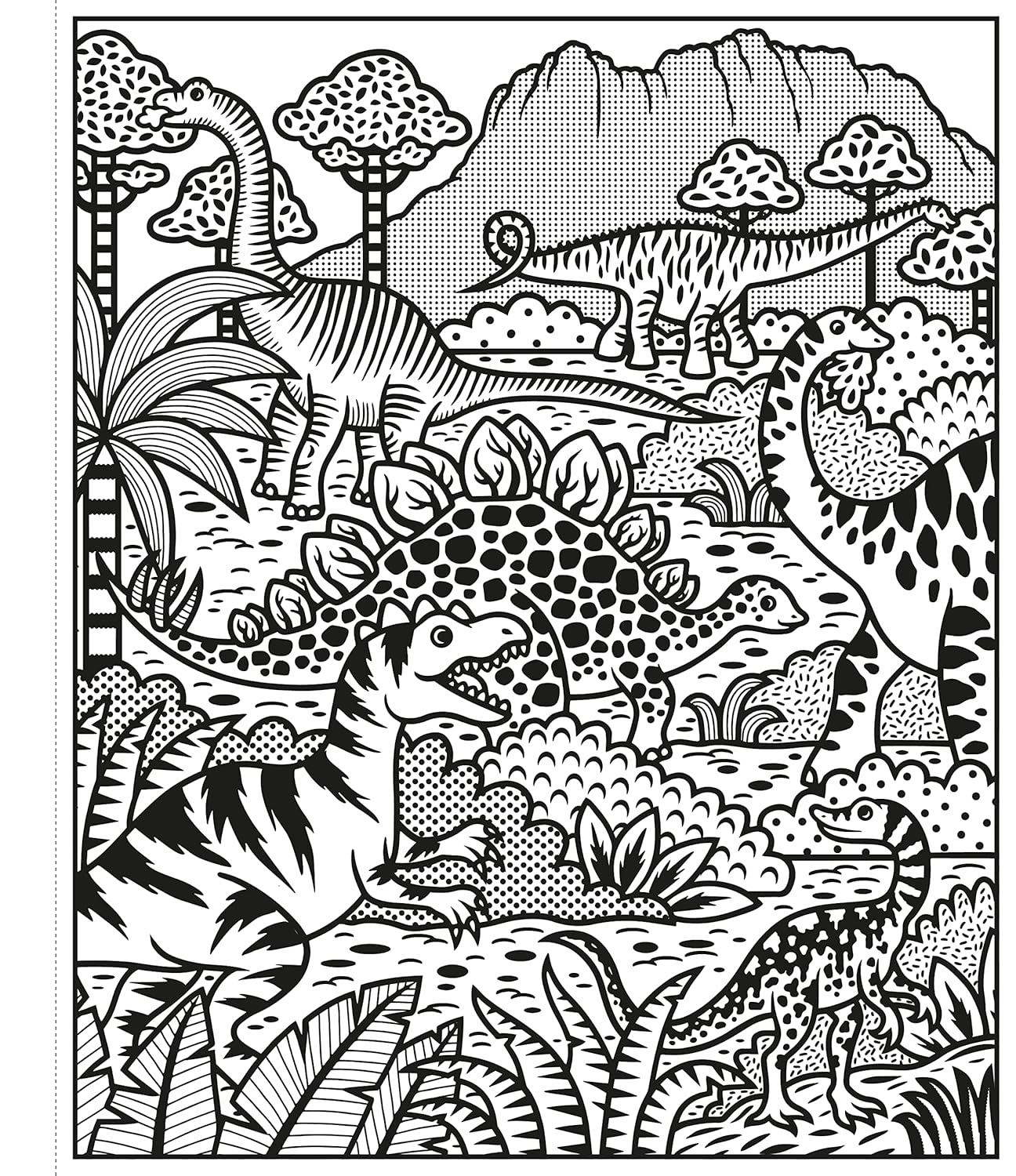
Why Water-Reveal Just Works (for Kids and Grown-Ups)
The genius of water-reveal is the frictionless start: no paint mixing, no color debates, and minimal supervision once the rhythm clicks. With the Dinosaurs Magic Painting Book, a damp brush unlocks hidden color on each page—kids feel like they’re “painting for real,” while adults enjoy a craft that doesn’t eat the kitchen. The reveal satisfies curiosity in seconds, then invites slower, more careful strokes as children notice details: scales, footprints, fern fronds, and the swoop of a tail. That curve—from “wow!” to “focus”—is perfect for short attention spans and longer, quiet sessions alike.
Setup in 60 Seconds: Your Spill-Proof Routine
Think of setup as a repeatable ritual rather than a production. You’ll need: the Dinosaurs Magic Painting Book, a small cup of clean water, a cloth or paper towel, and the included or any soft-tipped brush. Sit your artist at a well-lit surface, show one slow stroke, and say: “Dip. Dab. Drag. Watch the color wake up.” That tiny script helps kids pace themselves—less dunking, more painting—and makes the book last for dozens of calm sessions.
Shop Dinosaurs Magic Painting Book
The Skill Boost Hidden Inside the Roar
“Just coloring” is doing a lot of developmental heavy lifting:
- Fine Motor Control: Brush grip, tip pressure, and controlled strokes strengthen the same muscles used for handwriting.
- Hand–Eye Coordination: Kids track the brush path and stay within edges that “wake” into color a beat later—great delayed-feedback practice.
- Focus & Patience: The reveal rewards slow hands; racing the water leads to puddles, so the book itself teaches pacing.
- Visual Discrimination: Dinosaurs come alive in layers—first the big silhouette, then tiny textures like skin patterns or jungle leaves.
- Language & Knowledge: You’ll find yourself naming dinos, counting plates and claws, and inventing backstories: “What’s this triceratops doing near the river?”
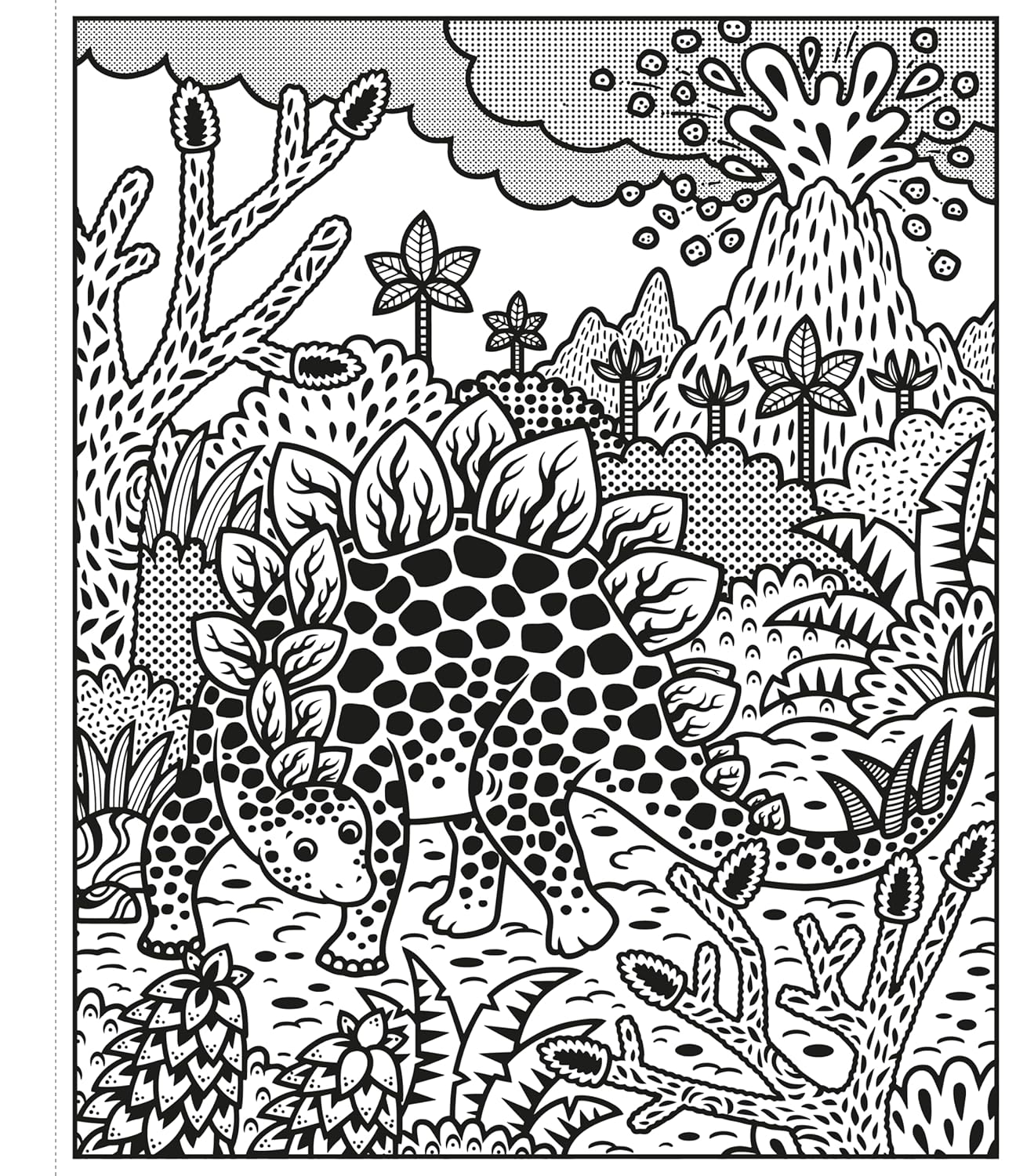
A Calm “Creativity Corner” at Home
Make the Dinosaurs Magic Painting Book a habit by giving it a home. A shallow tray holds the book, a small cup, a brush, and a cloth. Put the tray where you already spend time—kitchen island, window nook, or a kid-height table. Visibility lowers the barrier to “let’s paint for five minutes,” and the fixed kit prevents the hunt for tools. Bonus: keeping the palette simple (just water) turns creative time into an independent activity even for younger artists.
The 10-Minute Dino Reset (for Pre-Dinner Wiggles)
Pre-dinner is prime chaos. Try this quick loop:
- Open to a fresh scene in the Dinosaurs Magic Painting Book.
- Set a visible 10-minute timer; kids love racing themselves, not each other.
- Prompt a focus target: “Bring the stegosaurus to life—only plates and tail today.”
- When the timer ends, air-dry the page, high-five the artist, and park the tray.
Ten minutes is enough to change the room’s energy without derailing the evening.
Shop Dinosaurs Magic Painting Book
Travel-Ready: From Waiting Rooms to Window Seats
This book is a parent’s secret weapon on the go. Pre-pack a “mini art kit”: the Dinosaurs Magic Painting Book, a leakproof 30–50 ml water bottle, a capped water brush (or a brush wrapped in a silicone tip), and two napkins. The water brush is a travel MVP—it holds water inside so you can paint on trains, planes, and café tables with minimal spillage. Keep the kit in a zip pouch inside your bag; when boredom strikes, you’re painting in under a minute.
Make It Social: Siblings, Playdates, and Parties
Creativity becomes contagious in groups. Set up a long page-turner session where each child chooses a dino and shares one “fact” (real or invented) while painting. For parties, lay two or three copies open on a craft table; rotate kids every five minutes so everyone contributes a bit to each page. Display the dried spreads with mini clothespins on twine—instant gallery, instant pride.
Gentle Coaching That Sticks (Without Taking Over)
Help without hovering by asking guiding questions:
- “What part will wake up first—sky, scales, or footprints?”
- “Can you find three shades hiding in the jungle?”
- “If you use less water on the eye, what happens to the detail?”
Prompts like these steer attention to cause-and-effect (“less water = crisper lines”) and give kids ownership over technique.
When the Page Dries: Extend the Story
Water-reveal is just the beginning. After a page dries, invite kids to add pencil outlines, label dinosaurs, or dictate a two-sentence story that you write beneath the scene. You can also create a “field guide” booklet: snap a photo of the finished page, print it, and staple into a mini zine where kids add facts (“Number of spikes: 17”). This transforms a five-minute craft into a cross-skill project (art + writing + science curiosity).
Troubleshooting: Common Hiccups, Fast Fixes
- Over-wet blobs: Teach “dip, dab, drag.” Keep a cloth handy; dabbing the brush tip before each stroke is the magic.
- Warped page edges: Paint in sections and let areas dry before flooding the next; press the closed book under another book overnight.
- Muddied colors: Encourage kids to rinse the brush between sections—even in water reveal, a grimy brush can smear.
- Rushing the reveal: Set micro-goals: “Color just the frill today; we’ll meet the rest tomorrow.”
Sensory-Friendly Tips (Less Noise, More Focus)
For sensitive kids, reduce stimuli: soft background music, a small lamp instead of overhead lights, and a single-page rule (only one page open). The predictable, gentle feedback of the Dinosaurs Magic Painting Book is soothing—no loud noises, no sticky hands—and the “watch it appear” moment provides just enough novelty to keep engagement high without overwhelm.
Shop Dinosaurs Magic Painting Book
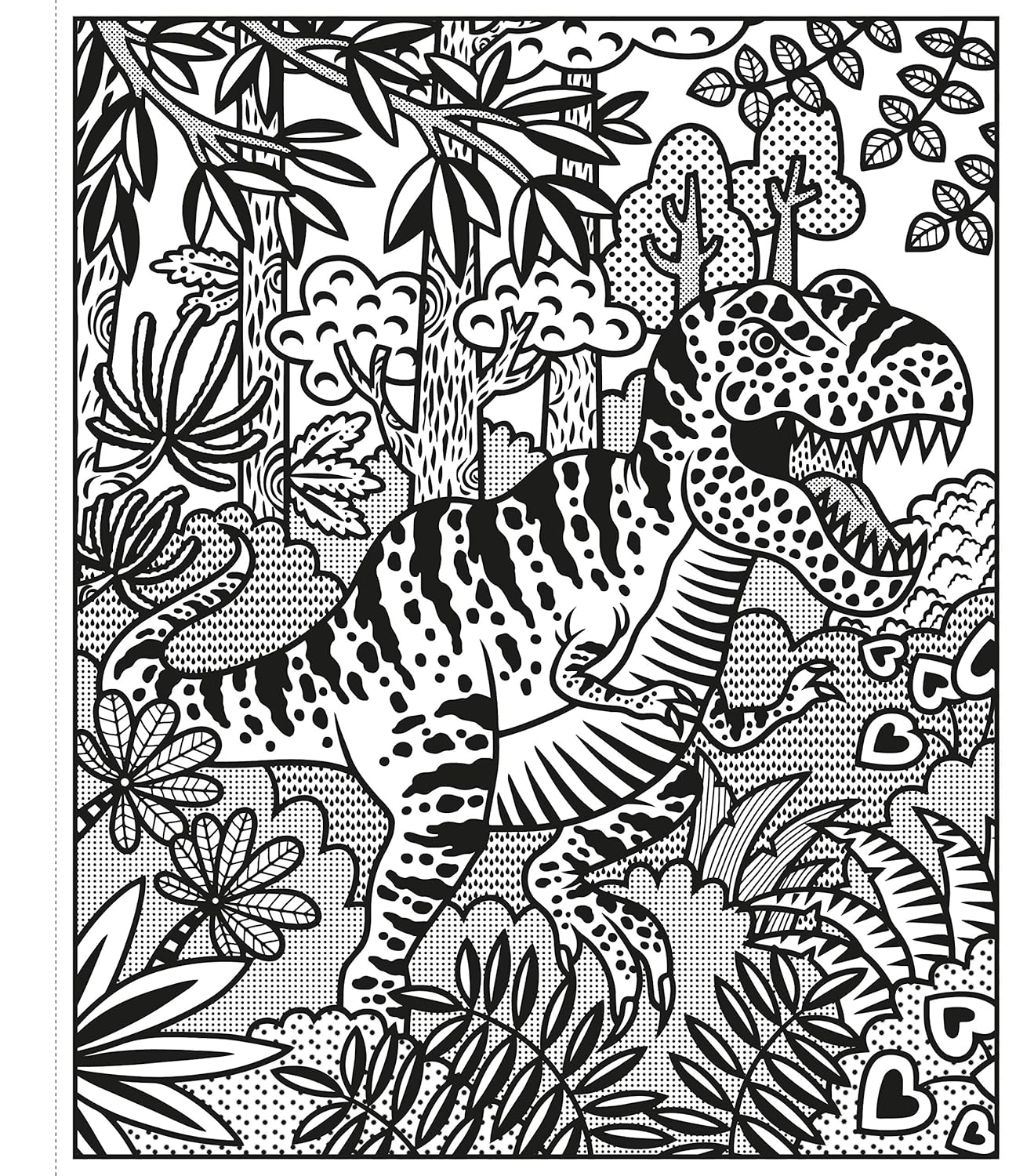
Care & Storage: Make the Magic Last
Close the book only once pages are fully dry; stored moisture can ghost onto neighboring pages. Keep the brush in a small pouch so it doesn’t dent paper when the book is in a bag. If little hands bent a corner, place a sheet of baking paper over the page and press with a heavy book overnight—no heat needed. A slipcover or large zip pouch keeps the cover art tidy between adventures.
Build a Month of Dino Learning (Zero Worksheets)
Rotate themes each week:
- Week 1: Herbivores—count plates, spikes, and frills; talk about leaves vs. meat.
- Week 2: Footprints & habitats—match tracks to dinos and describe the environment.
- Week 3: Size & scale—compare a tail to your arm; measure a neck with string.
- Week 4: Storytime—paint first, then narrate a two-sentence adventure per page.
Tiny, playful prompts keep curiosity alive far longer than a worksheet ever would.
Why This Belongs in Your Everyday Rotation
Parents keep products that deliver three things: quick setup, quiet focus, and easy cleanup. The Dinosaurs Magic Painting Book does all three while adding genuine delight—kids ask to use it, and you say yes because it never wrecks the room. It’s the rare activity that fits busy mornings, rainy afternoons, and travel days without eating time or space.
Conclusion
Creativity doesn’t have to be chaotic. With the Dinosaurs Magic Painting Book, art time becomes a soothing, repeatable ritual that grows fine motor skills, attention, and storytelling—minus the mess. Keep a tiny kit ready, set a 10-minute timer, and let the water do the heavy lifting. You’ll get calmer evenings, happier travel, and a stack of dino scenes that feel like little victories hung to dry.
Shop Dinosaurs Magic Painting Book
FAQ
- What age is the book best for?
Early preschoolers with supervision through early primary schoolers independently. The reveal mechanic is intuitive, and brush control scales with age. - Do I need special brushes?
No. A soft kid-friendly brush or water brush works great. The included brush (or any small soft brush) is perfect for details. - Will the colors stain tables or clothes?
The color is embedded in the page and activates with water. Keep a cloth handy and you’re essentially spill-proof; normal painting stains aren’t an issue. - How long does a page take to dry?
Usually a few minutes. For heavy water use, let it air-dry, then close the book. Press under another book overnight if edges curl. - Can pages be repainted?
The reveal is a one-time magic moment, but kids can add pencil or felt-tip outlines after drying, and you can photograph pages for a keepsake “field guide.” - Is it good for travel?
Absolutely. Pack the Dinosaurs Magic Painting Book with a small water brush and napkin. You’ll have a quiet, mess-light activity anywhere. - What if my child rushes and makes puddles?
Teach the mantra “dip, dab, drag,” set a 10-minute timer, and give them a tiny goal (just the eyes or footprints). Smaller targets slow hands naturally. - Any storage tips to keep it nice?
Dry fully before closing, store flat or upright in a pouch, and keep the brush separate so bristles don’t press into pages. - How do I make it educational without killing the fun?
Add playful prompts: count spikes, name habitats, or tell a two-sentence story after each page dries—light structure, big learning. - What makes this better than regular paints on busy days?
Zero setup, near-zero cleanup, and a satisfying reveal that hooks attention fast. The Dinosaurs Magic Painting Book gives you the “wow” of painting without the chaos.

